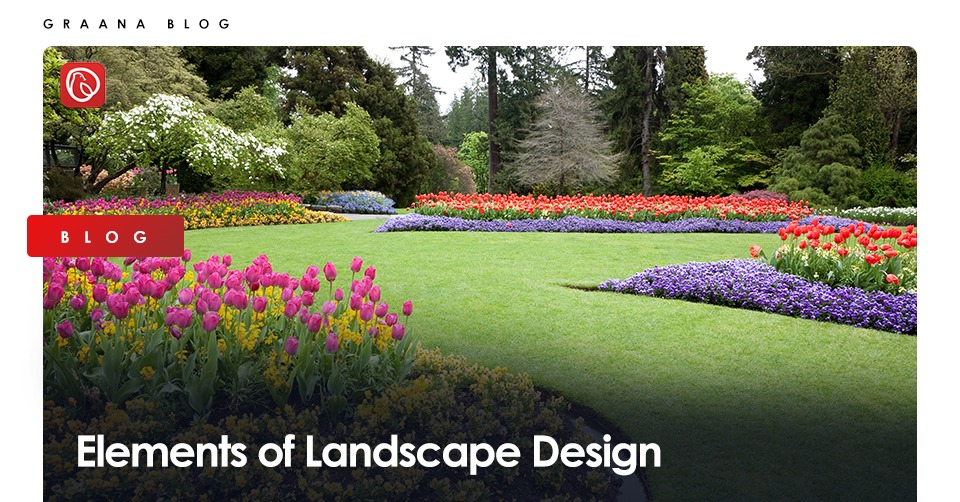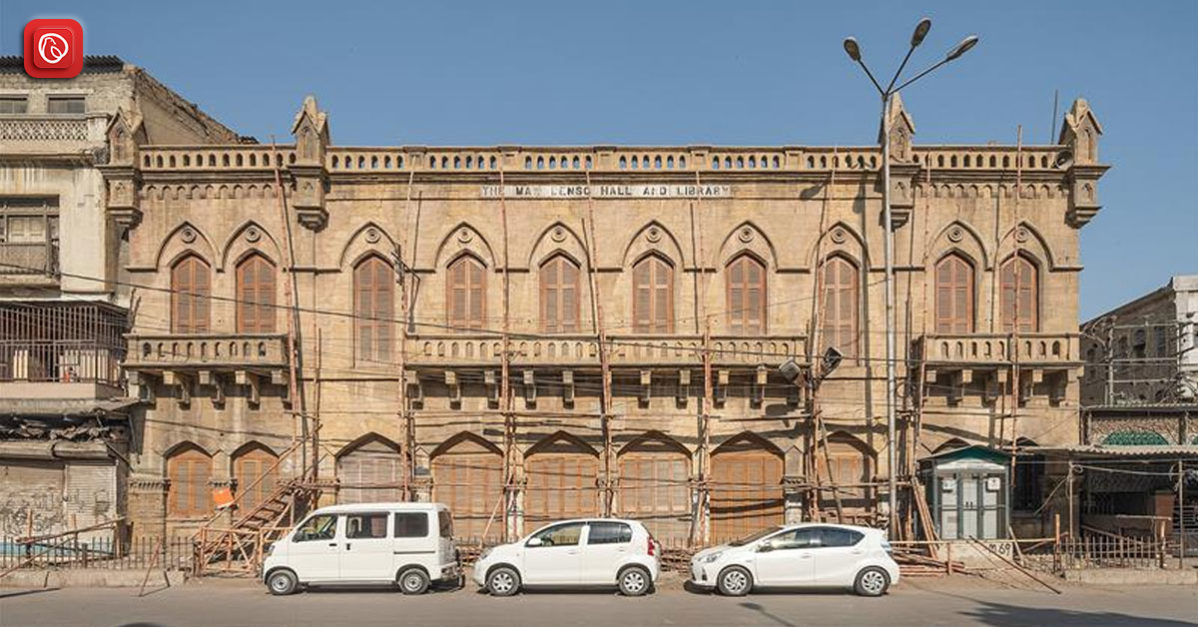Understanding the elements and principles of landscape design is extremely important to ensure that your design is balanced and harmonious. Landscape designers operate on a different kind of canvas than other artists. As the plants grow, the environment changes, and people use the space, the “art” changes as well. As a result, landscape designers employ a design approach that takes into account all features of the land, the environment, the growing plants, and the user’s demands to create an aesthetically compelling, practical, and environmentally sustainable design.
Graana.com, the smartest real estate portal, brings you all you need to know about the basic elements of landscape design.
Elements
Elements are the individual “components” that interact and collaborate to produce a unified design. People notice and react to elements when viewing space. Elements can evoke a variety of emotions in the viewer and the more positive those emotions are, the more likely individuals are to prefer that space.
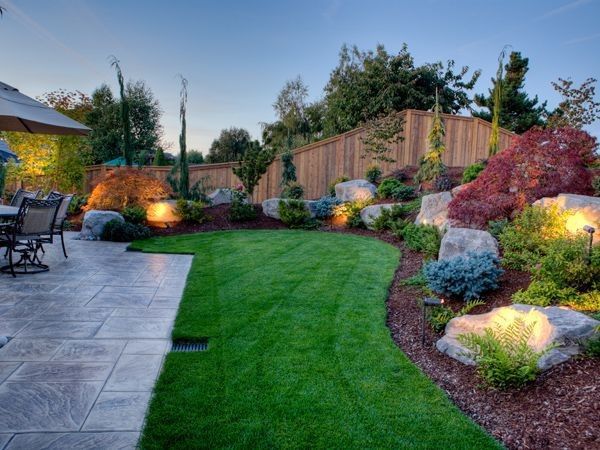
Following are the elements of landscape design:
Lines
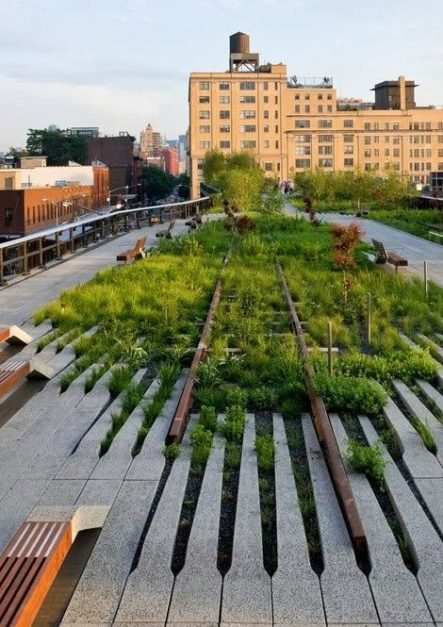
Lines are the framework that give the landscape its many shapes and patterns. It is one of the most visible elements of landscape design. The edge between two materials, the outline or silhouette of a form, or a long linear feature generates a line in the environment. Lines are a useful tool for designers since they can be utilized to create an unlimited number of shapes and forms.
They regulate eye/ body movement. Also, lines are used in landscape design to generate patterns, build spaces, construct forms, govern movement, establish dominance, and create a unified theme.
There are different types of lines. Straight lines are structural and commanding; they have a formal quality to them, are frequently connected with symmetry, and drive the eye to a focal point. Straight lines having a deliberate direction are known as diagonal lines.
Curved lines are relaxed and express mobility, while straight lines are structural and strong. They have a more casual, natural, relaxed feel to them, which is more linked with nature and asymmetrical balance. Curved lines slow the eye down and create hidden perspectives, adding intrigue to the space.
Vertical lines draw the attention upward, making a room appear bigger. Trees or tall constructions create vertical lines in the landscape. Horizontal lines draw the eye along the ground plane, also making a room appear larger. Low lines are more mellow and provide the impression of rest. They can be used to separate or connect spaces geographically.
Form
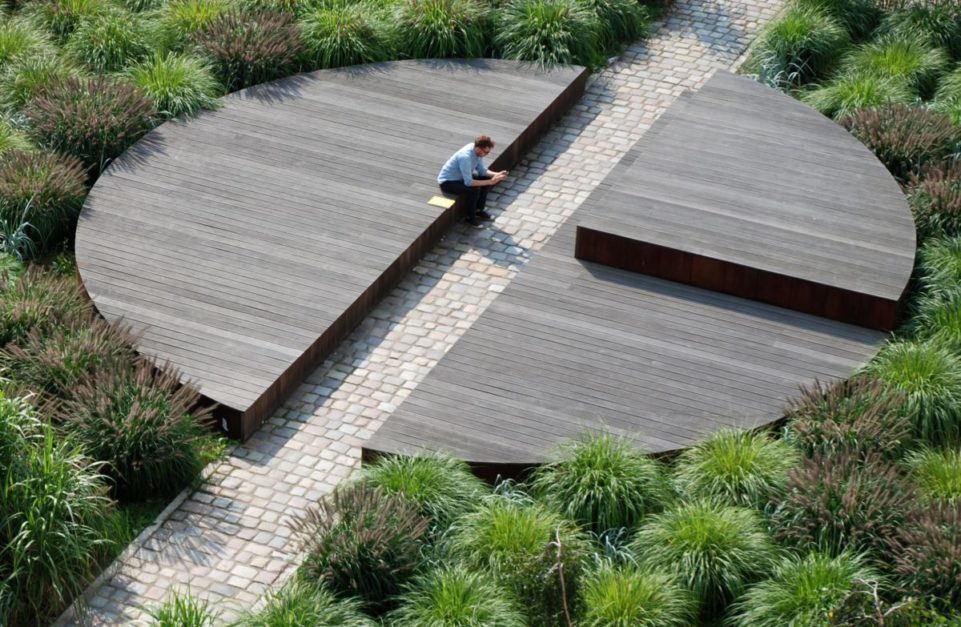
The form is the three-dimensional set of lines that define a shape or space and give it scale. Lines outline a place by creating shapes, and form is the three-dimensional mass of that shape. The form can be seen in both hardscape and plants, and it is often the primary visual feature that spatially organizes the landscape and sets the garden’s style.
The overall theme of the garden is also determined by the shape and form of the structures. Circles, squares, and polygons are examples of formal geometric forms. A blank or negative space between plants can also define form. There are circular forms, naturalistic forms, groundcover forms, and plant forms.
Texture
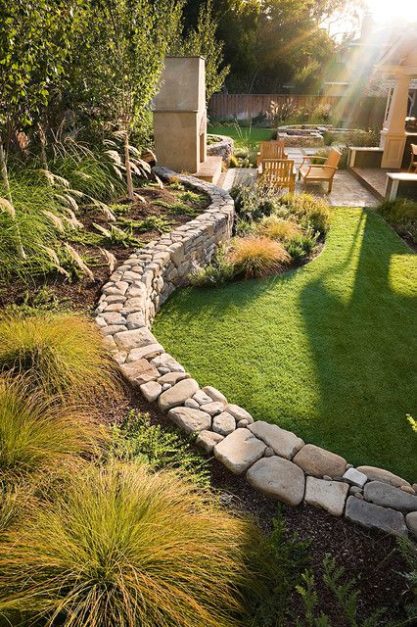
The texture relates to how gritty or fine the surface feels and/or appears. It is one of the most important elements of landscape design. The texture is utilized to add interest, variation, and contrast. Texture can be found in plants, trees, and woods. The textures can be qualified as coarse, fine, or medium.
Large leaves with very irregular edges, bold, deep veins, variegated colors, thick branches, twigs with spines or thorns, and bold, thick, and/or irregular forms are all plant traits that contribute to coarse texture.
Small foliage; thin, strappy leaves or thin stems; tiny, thick twigs and small branches; long stems (vines); and small, delicate flowers are all characteristics that contribute to fine texture.
The majority of plants have a medium texture, which means they are neither coarse nor fine. Medium-sized leaves with simple shapes and smooth margins distinguish them. Plants with a medium texture serve as a background to connect and unite the coarse and fine textures.
Color
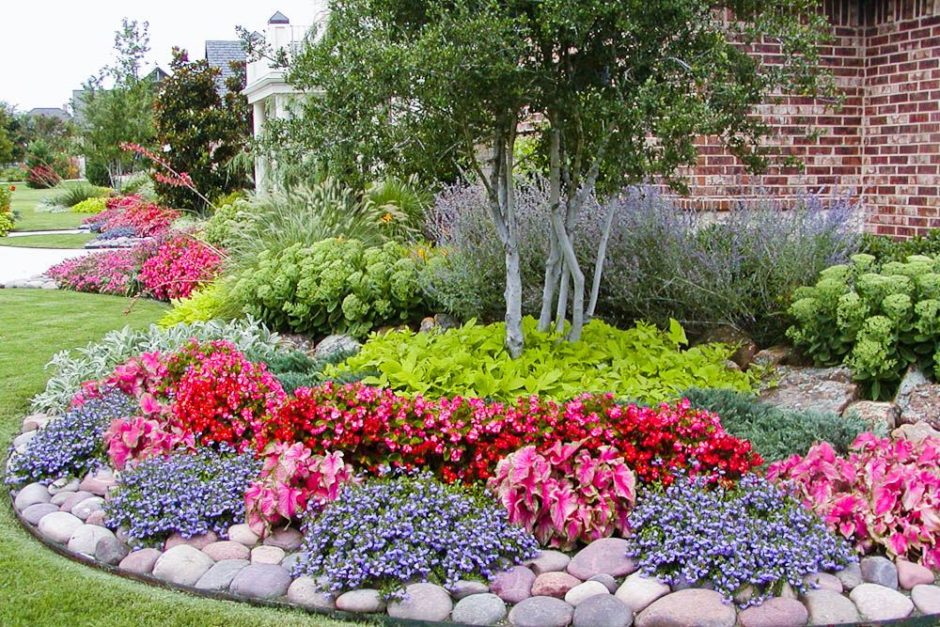
Color is the most noticeable feature in the elements of landscape design and is usually the focal point for most homeowners. Plant material and hardscapes that are colored provide interest and variation to the landscape. Color is also the most transient, with individual plants typically lasting only a few weeks every year.
Color theory is used to guide the creation of color schemes. The color theory describes how colors interact with one another and how they should be employed in a composition. Monochromatic, analogous, and complementary color schemes are the most common.
Color is a significant element of the landscape design for adding interest and variety. Emotions, spatial perception, light quality, balance, and focus are all influenced by color. Color is expressed in terms of temperature—colors appear cool or warm and can influence emotions and sentiments.
Cool colors are peaceful and should be used in locations where you want to rest and unwind. Warm colors are more engaging and should be utilized in locations where people gather to amuse. Color “temperature” can also influence a sense of distance.
Color can also be used to direct views and attract attention. Bright colors can be used to create focal points. A tiny bit of vibrant color has the same visual impact as a large amount of subdued color. Garden color choices can shift with the seasons. Because color is transient, it should be used to emphasize characteristics that will last longer, such as texture and form.
Visual Weight
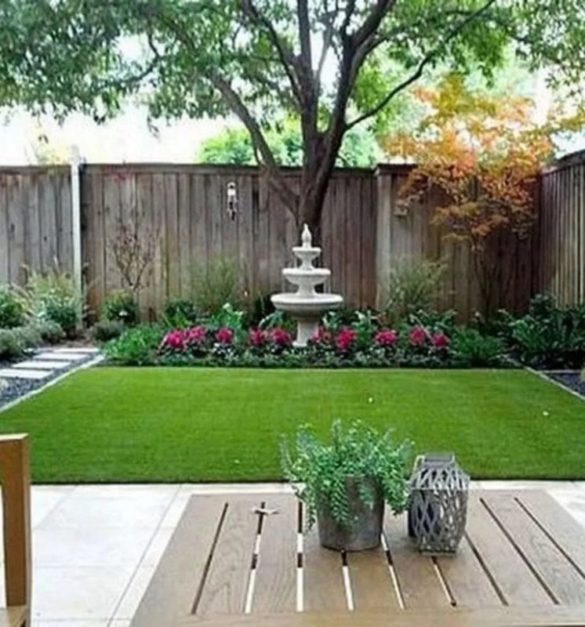
The intensity with which each element expresses itself is the visual weight in elements of landscape design. It is the features of the elements that catch our attention. The concept of visual weight states that some combinations of characteristics have more relevance in a composition based on mass and contrast.
Some elements of landscape design in a composition stand out and are remembered, while others fade into the background. This is not to say that background elements are useless; they help to create a unified design by connecting high-visual-weight items and providing a resting spot for the eye. Because the eye tends to jump between the features in composition with high visual weight, it can appear chaotic.
A collection of plants with one or more of the following characteristics has a high visual weight: erect or distinctive forms, huge size, vibrant colors, striking texture, and diagonal lines. Low visual weight is characterized by low horizontal lines, flat or low forms, delicate texture, and a muted or dull appearance in elements of landscape design.
Keeping in mind the aforementioned elements of landscape design, cohesive and harmonious landscapes can be created that are functional as well as aesthetically appealing.
For more information on relevant stuff, visit Graana.com.
